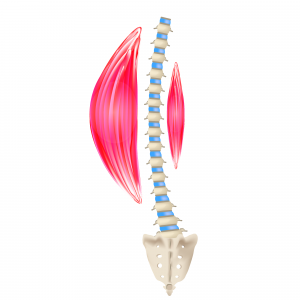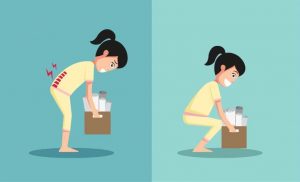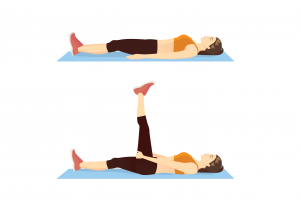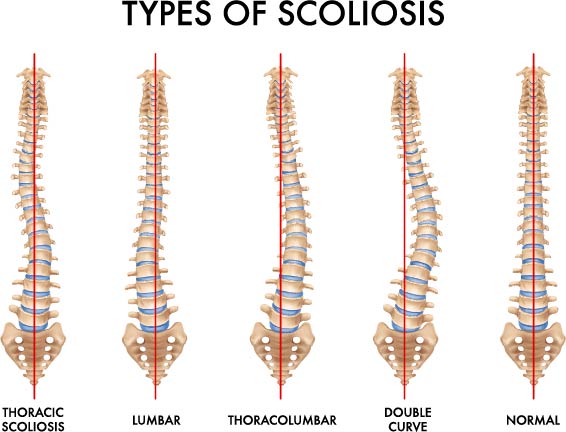Movements to avoid: Modified exercises for Scoliosis
Children and teenagers with scoliosis have changes in the alignment of the curve of their spines. Changes in the spine impact how the bones slide over each other when moving during day to day activities. In addition, changes in the ligaments and muscle length result in the spine moving further into the Scoliotic posture when bending, extending, and rotating the spine. People with scoliosis should avoid these movements when possible. Repetitive movements into these postures can cause the curve to worsen during periods of growth. Children and teenagers are constantly growing which makes childhood and adolescence critical periods for ensuring proper movement and posture.

Functional movements that children and teenagers commonly perform that result in increased bending and rotating at the spine include: picking up/carrying objects, squatting, and doing stretches and core exercises. For children and teenagers, it is important to avoid these movements while playing, doing sports, socializing, and during everyday activities at school and home. A Schroth-certified physical therapist can help to make movement and posture modifications in order to bring the spine to a more natural position. They are trained to help children and teenagers learn safe movement and posture habits so that they can use them every day.
Children and teenagers with scoliosis should avoid exercises like sit-ups. They should also make sure to maintain a straight spine when performing other movements and stretches. Other modifications include having your child bend their legs instead of their spine when picking up objects. They can do this by squatting down or kneeling on one knee when picking up something off the floor. Further, a Schroth-certified physical therapist can create a customized treatment plan that can address specific activities or sports that your child loves to do so that they can continue to participate in the safest way possible.

Stretching is still possible for your child or teenager, but it is important they try to keep their neck extended and maintain a straight spine. They can also perform stretches on their back when possible. If your child’s head is flexed (bent down) the rest of their spine will follow this harmful posture and the spine may be progressed into a more curved position.

Core Exercise Modifications
- Prone planks

- Bird Dogs

- Leg lifts/lowers while laying on back

If your child or teenager has scoliosis, they can still excel in the sports and activities they love. They will just need to learn a few modifications to help maintain a healthy spine. Using the Schroth Method for scoliosis, physical therapists at BDI Playhouse can work with you and your child to achieve any goal while learning safe ways to perform certain movements. To learn more about how we can work together to make those goals a reality, schedule a free screening or call us at (708) 478-1820.



